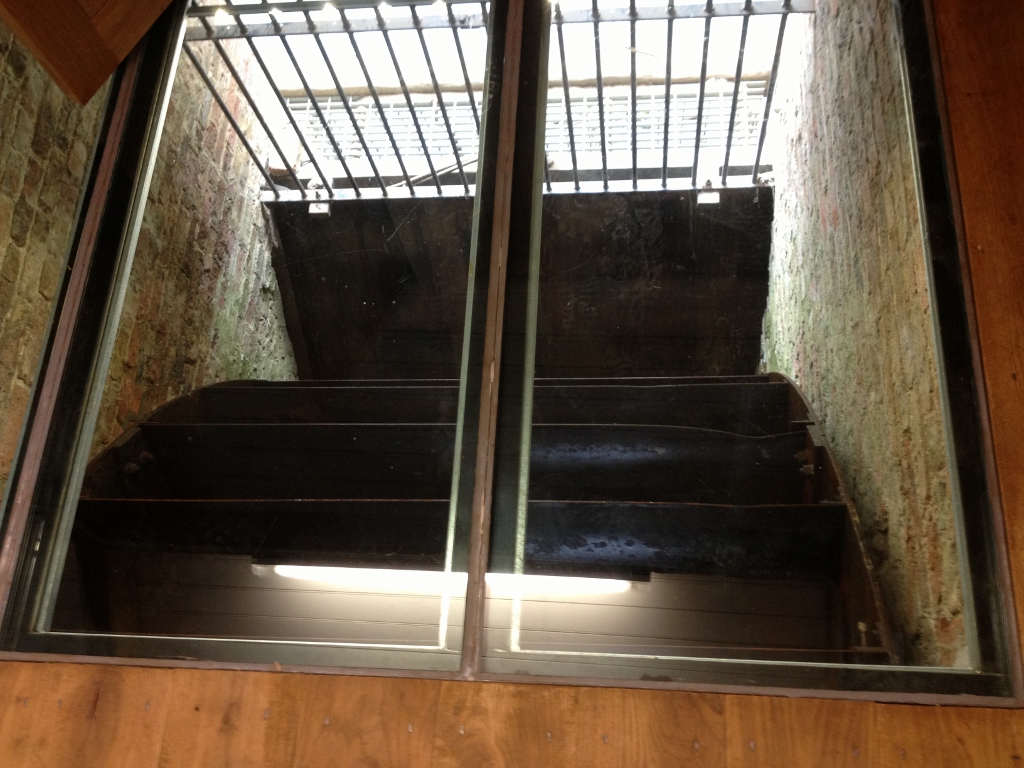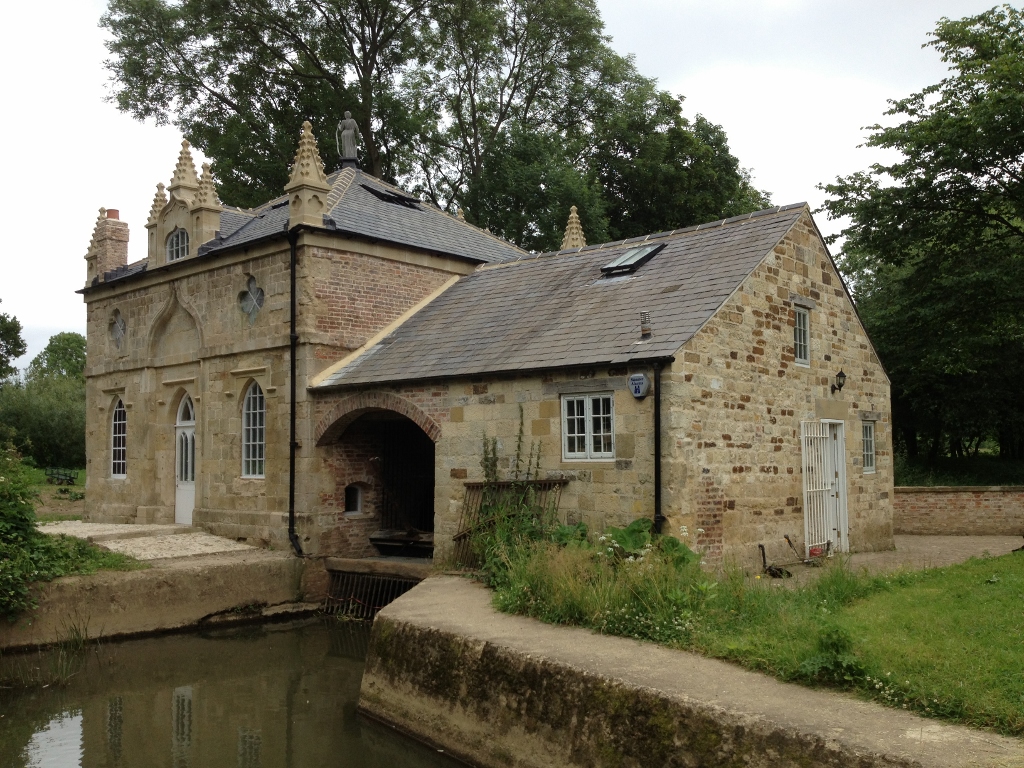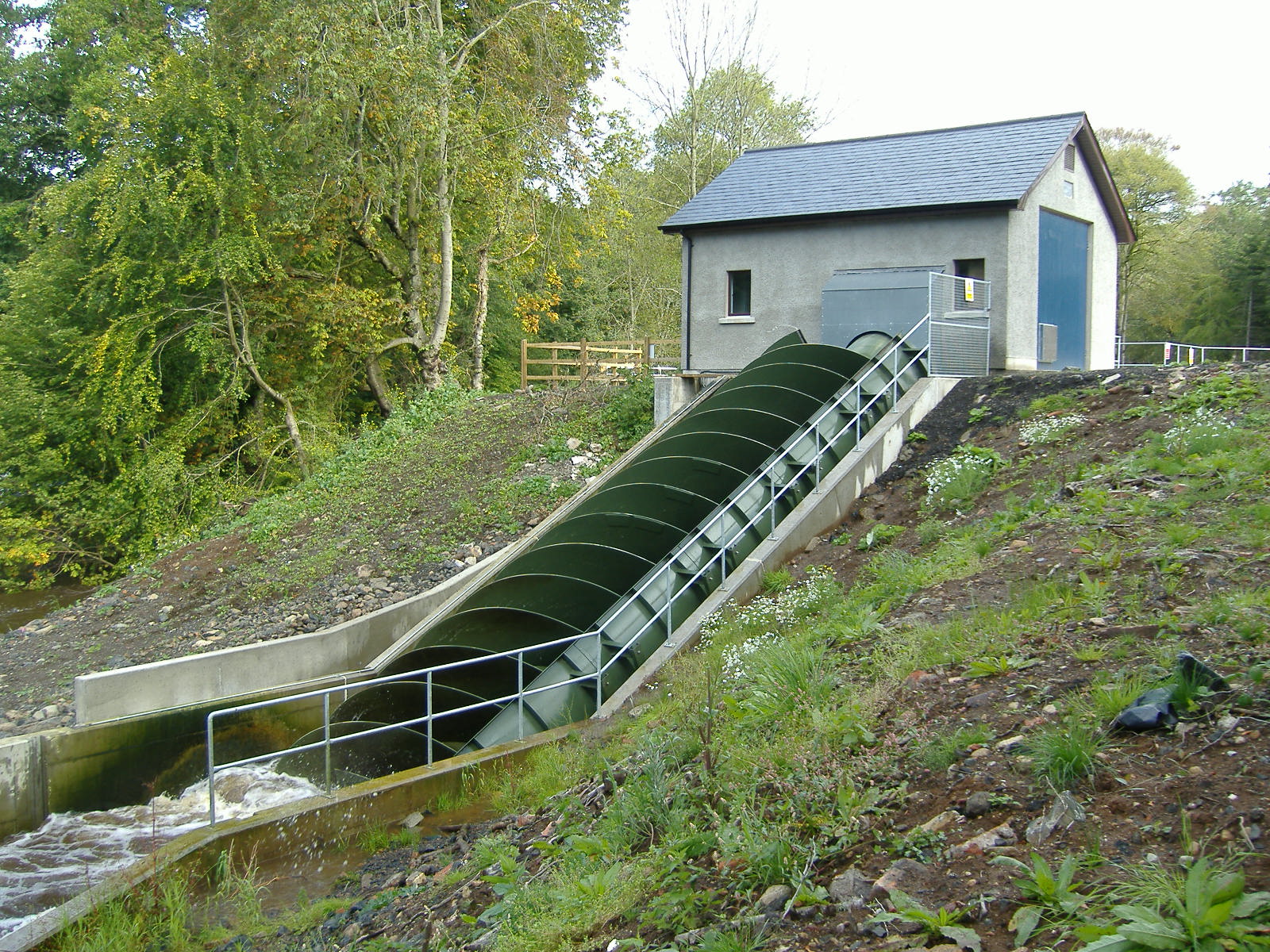A labour of love ~ restoring Howsham Mill back to its Gothic Georgian glory!
Howsham Mill is a Grade II listed building, built in 1755 and attributed to the architect, John Carr of York. It was both a folly and a working grist mill on the Howsham Hall estate. The mill was powered by a breastshot waterwheel connected by a gear wheel to millstones, that ground the grain into flour. Grinding ceased in 1947 and by the 1960s the mill had fallen into serious decay.
Over grown and lost to the world the derelict mill lay hidden in the trees on a small island in the River Derwent, in North Yorkshire until one day in 2003 it was discovered by Mo McLeod and Dave Mann who fell in love with the ruin and bought it in 2004. They had plans to renovate it and turn it into their home but they soon discovered that sadly this was not to be as they were turned down no matter what road they took.

Undeterred by all the set backs they decided to change tactic and formed the Renewable Heritage Trust with the help of the local residents with the aim of restoring the mill as an environmental study centre promoting renewable energy and local history and wildlife. It will also be available for use as a community venue for local people.

The first phase of the restoration was completed in 2007 and involved installing the new waterwheel and an Archimedean screw as well as rebuilding the walls and roof of the granary to the north of the main building, allowing the installation of a kitchen and toilets as well as housing the control equipment for the hydro generation. Fund raising and grant funding enabled the installation of a new waterwheel and the Archimedean screw to generate electricity and help fund the project in the long term. Much of the hard work of restoring the mill was done by enthusiastic volunteers, with families joining in for work days, and regular groups of trainee soldiers and school parties helping out at the mill.

Both the waterwheel and the Archimedean Screw generate electricity from the fall of water over the weir. The reinstatement of the waterwheel will again harness the power of the river, but rather than driving millstones, this time will generate electricity. Both the water wheel and the Archimedean Screw are grid connected and excess electricity generated is sold to the National grid.
2nd Archimedean Screw Installed
A second larger Archimedes Screw was installed in 2017 started a second larger screw was added during 2017 and has been generating electricity since May 2018. To date, about 2,750,000 kWh has been exported.

Since January 2022, the mill has been supplying Howsham Hall directly with green electricity. An underground cable was laid across the field to the Hall. The electricity is sold at a price between the grid wholesale rate and the standard import rate, thus benefiting both parties.

In June 2012 work began on restoring the main part of the building. Today, a decade on, Howsham Mill has been returned to its former glory as it was when it was abandoned in 1947.




The aim of the Renewable Heritage Trust is to make the building totally self-sustaining for the 21st century using revenue from power sales to fund future restoration and conservation work at the site.
The mill has underfloor heating beneath the flag stones which is a wet system with a sealed network of pipes connecting to a coil in the hot water tank, which is heated partly by the solar thermal panel installed on the roof of the mill and topped up by an immersion heater run from their own electricity. A wood-burning stove connected to a flue liner has been installed in the original fireplace and will burn logs from the island.

The final stage of the restoration was the placing of the statue of Diana the huntress created by wire-mesh sculptor Nikki Taylor which replaces the original lead sculpture of the Roman goddess, most of which was taken for scrap.

Howsham Mill is located in a Site of Special Scientific Interest (SSSI) and Special Area of Conservation (SAC). The small wooded island has a wealth of native trees including ash, sycamore, oak, wych elm and hawthorn trees. Above and below the weir are beds of water crowfoot, teeming with invertebrates eaten by fish and birds. Otters were re-introduced to the river in the mid-1980s and can occasionally be spotted from the island.


Photographs unless otherwise credited are copyright of Eco Evolution













































